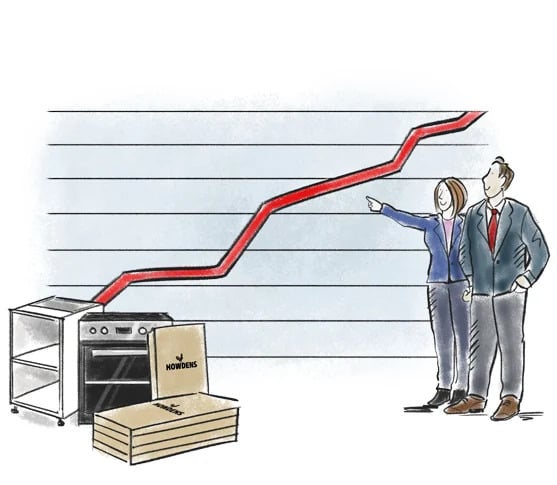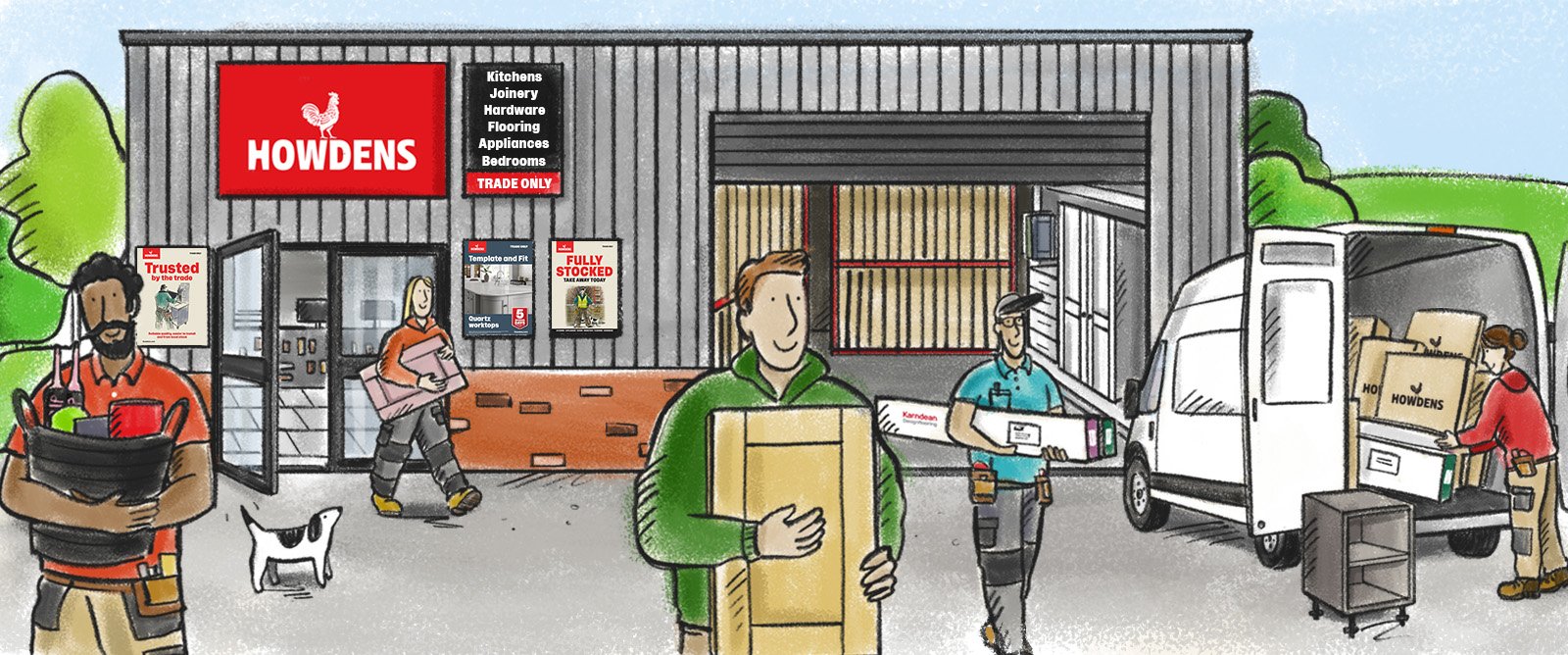
Results centre
This section contains half year and full year results announcements, the associated presentations and Interim Management Statements released between results announcements.
2024
Full Year Results
27 February 2025
Half Year Report
25 July 2024
2023
Full Year Results
29 February 2024
2022
Full Year Results
23 February 2023
2021
Half Year Report
21 July 2021
Full Year Results
24 February 2022
2020
Half Year Results
23 July 2020
2019
Half Year Report
16 June 2019
2018
2017
2016
2015
2014
2013
2012
2011
2010
2009
2008
2007
2006
HOWDENS Making space more valuable
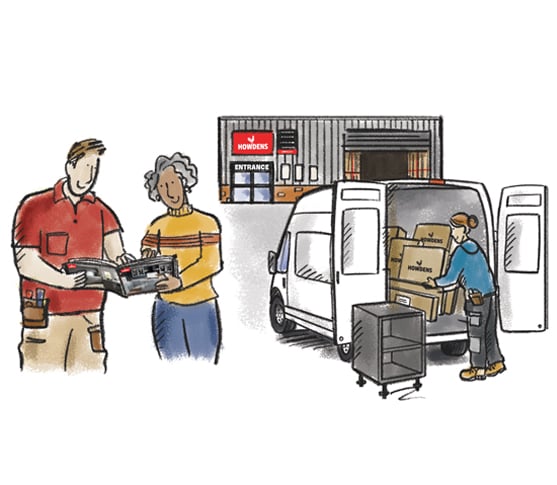
Business Model and Strategy
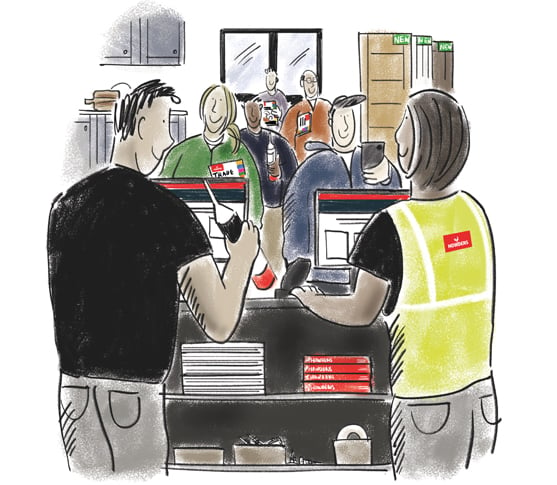
Depots
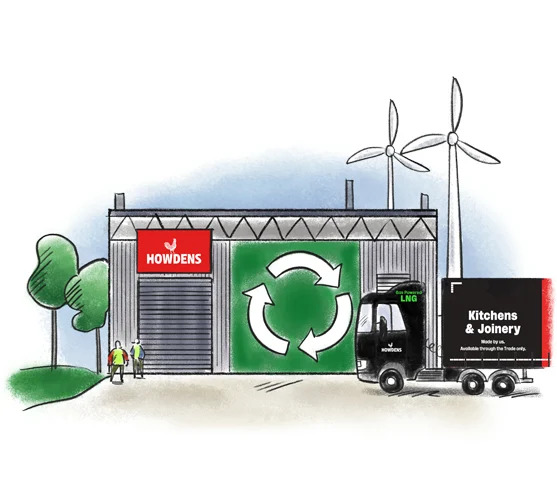
Sustainability
Community

Products
People and Careers
